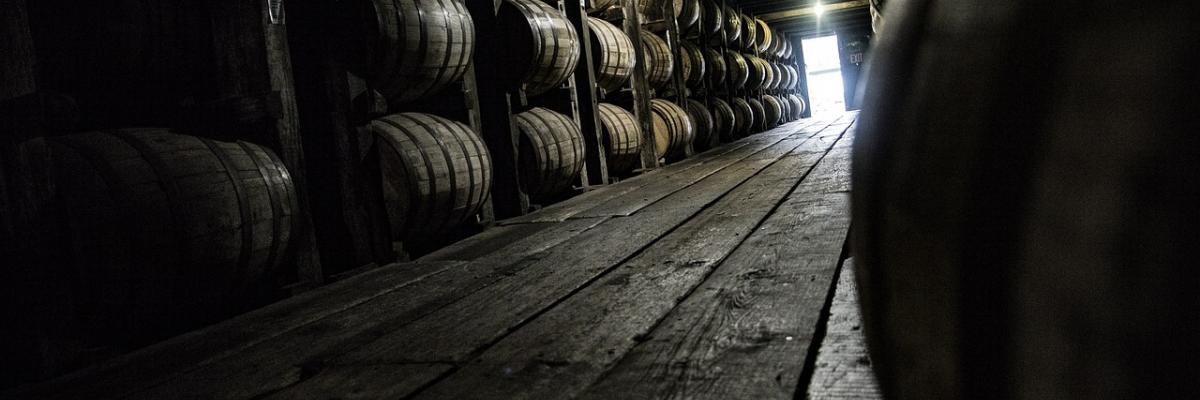
This detailed article looks at bourbon history from pre-colonial times to the present day. Through an in-depth exploration of its key figures, production processes, and cultural roots, this article presents a comprehensive look at how bourbon has evolved over more than two centuries.
Not only will readers learn about the traditional ways in which it is crafted, but also how modern technological advances have helped shape its distinct flavor. From the corn-based recipes of early settlers to the Prohibition era and the present day revitalization of the industry, this is an invaluable source for anyone wishing to gain insight into America's crowing spirit.
1783: Samuels Family Tradition and First Commercial Distillery
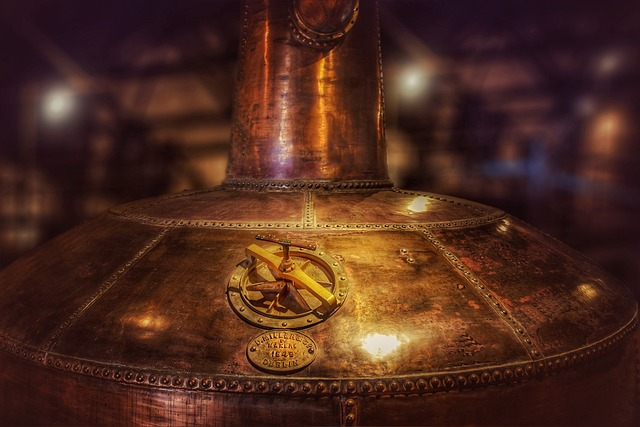
In 1783, the Samuels family began their bourbon-producing tradition with the opening of Evan Williams' first commercial distillery in Kentucky. This early form of what we now know as bourbon was a mix of rye whiskey and corn whiskey, sometimes referred to as "bourbon". The aging process in charred oak barrels is still used today. Before 1821, whiskey had mainly medicinal uses but was also consumed occasionally. In 1821, however, Louisville newspaper featured the first advertisement for bourbon - marking its rise in popularity across the US. By 1840, federal law gave it its own category and many distillers started bottling and shipping their product around the country - leading to Bourbon County's establishment in 1785.
1785: Establishment of Bourbon County in Kentucky
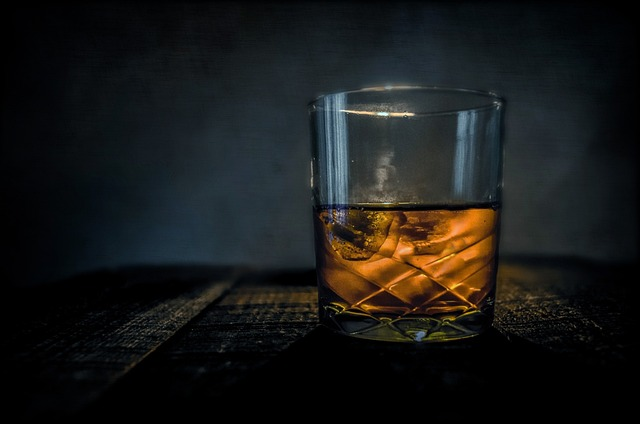
In 1785, Bourbon County in Kentucky was established from a portion of Fayette County, Virginia, and named after the French House of Bourbon, in gratitude for Louis XVI. It was during this time that Basil Hayden brought immigrants with distilling knowledge to Kentucky.
This influx of knowledge and experience allowed for the development of what would later become known as bourbon whiskey. The establishment of Bourbon County in Kentucky was a significant event in the history of bourbon, as it was here that the possible invention of bourbon occurred in 1789.
This event set the stage for future bourbon production and labeled bourbon, which is now known as the "Bluegrass State". It also gave rise to the production of old bourbon, Kentucky whiskey, Bourbon County whiskey, and even Bourbon Street, which are all associated with the most iconic of American whiskeys, bourbon.
1789: Possible Invention of Bourbon
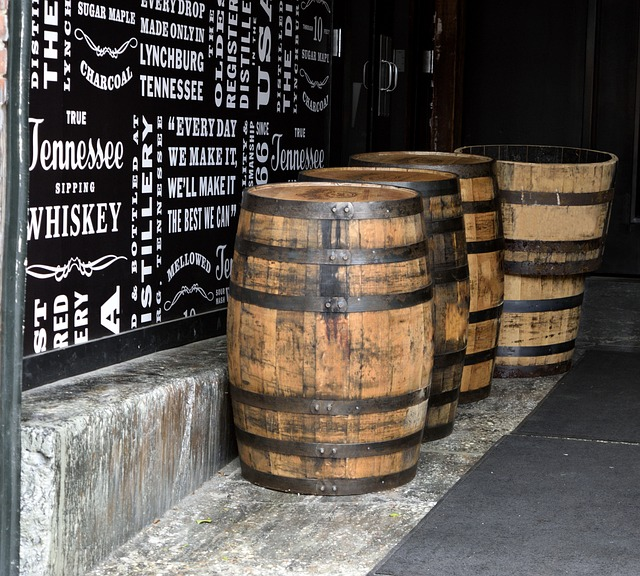
Bourbon likely developed in the late 19th century, but its roots trace back to 1789 when Elijah Craig opened his distillery in Bourbon County, Kentucky. He was the first to produce straight bourbon whiskey - a corn whiskey aged in charred oak barrels - and labeled it "bourbon" from the start. This cheaper alternative to imported whiskey quickly gained popularity due to abundance of corn and rye in the region as well as advantages of aging whiskey in charred oak barrels. By 1821, "bourbon whiskey" had already been used in print and became America's most popular spirit. The American Revolution marked the beginning of the bourbon industry's rise to prominence across the United States.
1794: Whiskey Rebellion
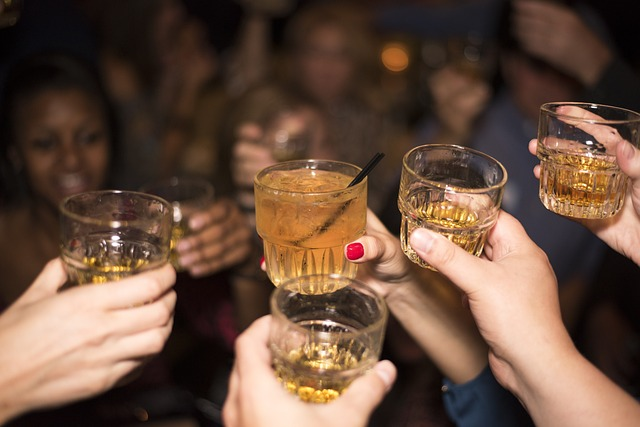
In 1794, a revolt erupted in western Pennsylvania due to the Whiskey Excise Tax proposed by Alexander Hamilton a few years prior. This tax was meant to generate revenue for the federal government, but it was met with much disapproval from distillers and farmers in the area. Evan Williams and other distillers refused to pay this tax and were willing to fight for their rights.
On July 16th, 1794, hundreds of armed men marched on Pittsburgh, Pennsylvania threatening violence against federal tax collectors as they paraded through the city streets and countryside. President George Washington responded by sending an army of 15,000 soldiers to quell the rebellion, which eventually succeeded after months of skirmishes - upholding the Whiskey Excise Tax.
The Whiskey Rebellion had a lasting effect on whiskey production in America; encouraging many distillers to move states such as Tennessee and Kentucky where bourbon wasn't taxed - leading to its development into what is now known as 'the backbone' of the American whiskey industry. The unique flavor we know today comes from aging corn-based whiskey in charred oak barrels - all thanks to this historic event!
1821: First Bourbon Advertisement
The 1821 edition of Kentucky's Western Citizen newspaper featured an ad for "Bourbon County Whiskey". This was the first time the word "bourbon" had been used to describe whiskey. The advertisement described it as a "superior article of old Bourbon County Whiskey", rather than simply labeling it as either foreign or domestic.
In 1840, bourbon became officially recognized in Kentucky and its popularity only grew from there. In 1897, the Bottled in Bond Act was passed to guarantee quality standards for Bourbons produced in America. Nowadays, bourbon is one of the most beloved whiskeys worldwide - so much so that September is celebrated annually as National Bourbon Heritage Month!
1818 or 1823: The Development of Sour Mash
The development of sour mash was a major breakthrough in the production of bourbon whiskey, and its effects were felt almost immediately. Sour mash whiskey is a type of whiskey made with grains such as corn, rye, and barley; part of the previous batch's fermented mash is added to the new one. This fermentation process adds flavor complexity while reducing distillate production time.
Kentucky distilleries adopted this process for making whiskeys from corn and rye, as well as imported molasses-based ones - allowing more efficient and consistent production plus a richer flavor profile than other whiskeys. The Old Bourbon style also emerged due to sour mash: it required aging in charred oak barrels for at least two years.
The success of sour mash was so great that it became the standard for US whiskey producers - codified by Bottled in Bond Act of 1897 which mandated aging for four years plus 51% corn-based content to label it "Bourbon". Today, this process remains the global standard for producing whiskey - testament to its success over centuries!
1840: Official Name of Bourbon
In 1840, the official moniker of Bourbon whiskey was established. Regulations and restrictions were implemented to define what distilled spirits could be called Bourbon whiskey - requiring a mash of at least 51% corn, distillation at no more than 160 proof, aging in new charred oak barrels, barreling at no more than 125 proof, and bottling at a minimum of 80 proof. The French royal family has been credited with the origin of the Bourbon name due to their fondness for a whiskey made in Bourbon County. It wasn't until 1870 that bourbon was bottled and shipped outside Kentucky. Then, 1897 saw the passing of the Bottled in Bond Act which mandated all labeled as such must be aged in federally bonded warehouses for four years or longer - thus allowing for production of consistent flavor profiles.
1870: Bourbon Bottled and Shipped
In 1870, bourbon made its debut in the form of bottled and shipped whiskey, ushering a new age for the spirit. For the first time ever, whiskey producers had the capacity to transport their product in sealed glass containers for sale. To protect it from contaminants and guarantee its authenticity, according to industry standards at that time, barrels were stored inside warehouses. This marked the start of modern whiskey production. Whiskey makers began labeling their bourbon as "straight," aging it in charred oak casks - differentiating it from other types of whiskey such as Tennessee which was not aged this way. Most Kentucky-made whiskeys were labeled as Bourbon and eventually adopted by other local distillers too. The Bottled-in-Bond Act of 1897 further regulated and established bourbon's status due to its growing popularity with demand for aged whisky skyrocketing. This led to Bourbon Street's invention - an iconic destination for whisky aficionados - plus establishment of Kentucky Bourbon Trail and National Bourbon Heritage Month celebration.
1897: Bottled in Bond
In 1897, the United States established the Bottled in Bond Act to tackle false labeling and dangerous additives in whiskey. Distillers had to register their whiskey with the government, store it for at least four years in government-monitored warehouses, and bottle it at 100 proof or 50% alcohol by volume. The act also set up a strict labeling system: all whiskey labeled as “Bourbon” must be made of corn and aged in charred oak barrels. Tennessee whiskey has to be labeled differently; dyes were prohibited; and any whiskey labeled as “straight bourbon” must contain 51% corn. This important step regulated production until Prohibition began in 1920, ensuring producers could make top quality products while consumers could trust what they bought. It also distinguished between Kentucky Bourbon, Tennessee Whiskey, and Old Bourbon.
1920 to 1933: Prohibition
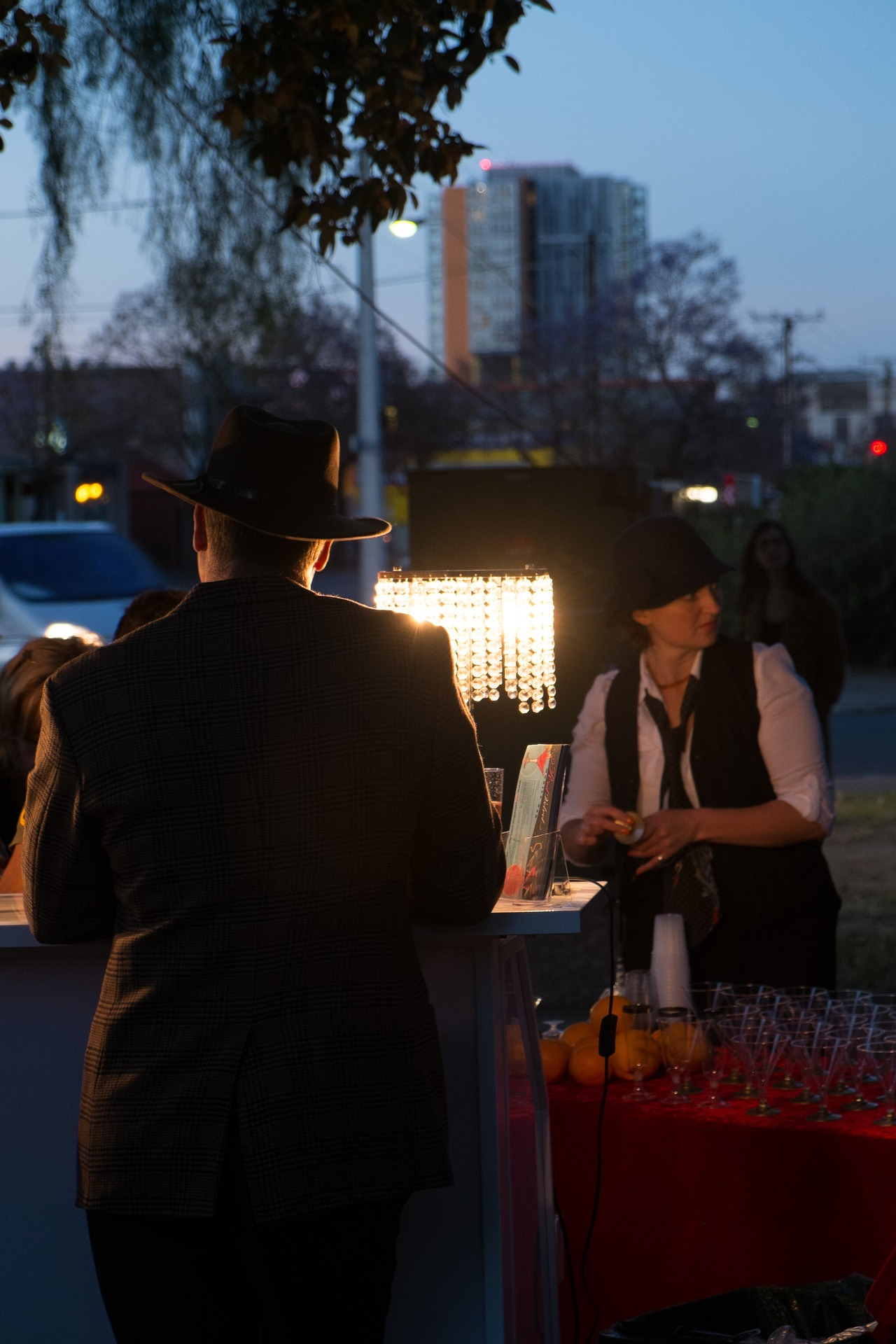
Prohibition began in the United States on January 16, 1920, when the 18th Amendment to the U.S. Constitution came into force. This amendment, also known as the Volstead Act, prohibited manufacturing and selling alcoholic beverages in America - but not consuming them. Thus those who could get whiskey legally were allowed to keep drinking it.
Unfortunately for whiskey producers, production was greatly limited during Prohibition: only six manufacturers were permitted to continue working while others had to obtain their whiskey through a doctor's prescription. The quality of available liquor decreased drastically due to lack of regulation and the Bourbon industry almost completely collapsed because of the Volstead Act.
Whiskey consumption skyrocketed during the Second World War as it was used both for boosting morale and providing income for people unable to find jobs at that time. After war ended, demand for this beverage increased even more with east coast citizens developing taste for it which resulted in higher production rates by end of First World War making whiskey the most popular alcoholic drink in US then.
Prohibition ended on December 5, 1933 when the 21st Amendment was ratified repealing the 18th one allowing states to decide whether or not to allow the manufacture and sale of alcohol themselves - first step towards revitalizing the bourbon industry leading up to Kentucky Bourbon Trail established in 1999.
1964: Bourbon Named 'America's Native Spirit'
In 1964, Congress passed a resolution to label bourbon as America's Native Spirit. This official recognition highlights the long history of this iconic drink. This was a major milestone for the spirit industry in the United States, recognizing the distinctiveness of bourbon and its role in American history. The declaration was made in response to a petition by the Bourbon County Whiskey Association, which was formed in 1821 to promote the distinctive taste of Kentucky-style whiskey.
The history of bourbon dates back to the early days of the American Revolution, when French settlers in what is now Bourbon County, Kentucky began distilling whiskey. The name Bourbon was first used to describe whiskey in an advertisement for the county's whiskey in the Paris, Kentucky newspaper in 1821. This advertisement marked the beginning of bourbon's popularity in the United States; by the 1840s, most American whiskey was labeled as bourbon.
The distinctive taste of bourbon was further solidified in 1818 or 1823, when a distiller named James C. Crow invented the sour mash process, which is still used today in most bourbon distilleries. Following the repeal of prohibition in 1933, bourbon production surged, and in 1964, the newly formed United States Congress declared bourbon to be the nation's native spirit. This declaration was a major milestone in the history of bourbon and the spirit industry as a whole.
Brands such as Wild Turkey, Jim Beam, and Maker's Mark became household names and Bourbon Street in New Orleans became a tourist destination. Today, bourbon is one of the most popular spirits in the United States, and National Bourbon Heritage Month is celebrated every September in honor of this iconic American spirit.
1973: More Vodka Sold
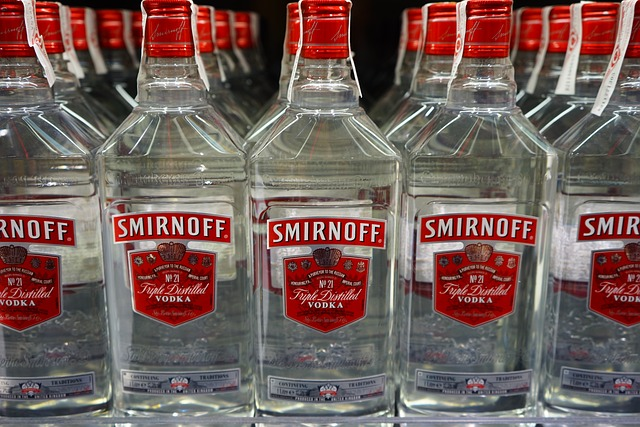
In the 1970s, a shift in sales of alcoholic beverages occurred, with vodka outselling whiskey. This was due to the rise of flavored vodka, mixed drinks calling for vodka instead of whiskey and the perception that it was more sophisticated. The whiskey industry also faced pressure from Tennessee Whiskey, which had a smoother flavor profile than bourbon whiskey. This competition made it harder for bourbon makers to compete.
The surge in vodka sales combined with the competition from Tennessee Whiskey caused a significant change in sales within the whiskey industry. To celebrate and promote Kentucky's history and culture of making whisky, this led to the establishment of the Kentucky Bourbon Trail in 1999.
1999: Launch of the Kentucky Bourbon Trail
In 1999, the Kentucky Distillers' Association (KDA) unveiled the Kentucky Bourbon Trail - a one-of-a-kind experience for visitors to discover the history and culture of bourbon in Kentucky. This trail is composed of distilleries open to the public, offering tours and tastings. It's an educational journey through all aspects of bourbon production, from planting corn used in whiskey making to charred oak barrels utilized for aging.
Since 1880, KDA has been a major part of the bourbon industry. The launch of the Kentucky Bourbon Trail was a significant milestone in 1999 - it was the first ever such trail that gave travelers an opportunity to learn more about bourbon in Kentucky with its road-trip style experience.
The Kentucky Bourbon Trail is an excellent way for tourists to understand the history behind this spirit. For instance, they can find out about the 1791 tax on liquor which caused the Whiskey Rebellion or how exactly did bourbon become popular across America? Additionally, visitors have a chance to explore the current state of this industry, including many distilleries and bottling operations producing it today.
The success story of the original Kentucky Bourbon Trail inspired other states and regions like Tennessee Whiskey Trail or Ohio River Whiskey Trail as well as giving people around the US an up close look at its past, culture and production process - one of America's most beloved spirits!
2007: Establishment of National Bourbon Heritage Month
In 2007, the U.S. Senate declared National Bourbon Heritage Month, a celebration honoring the legacy of immigrants from Ireland, England and Scotland who brought their whiskey-making techniques to the New World. Throughout September, educational tours and tastings are held in recognition of this important event.
National Bourbon Heritage Month has raised awareness of the whiskey industry, increased sales of labeled bourbon and encouraged more visits to the Kentucky Bourbon Trail - all while providing a sense of pride and unity for those connected with it in Kentucky and other states.
1. Paper Plane Recipe
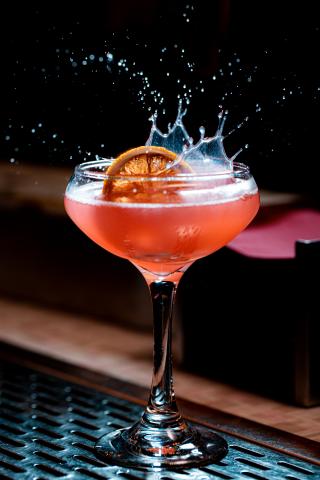
The Paper Plane cocktail is a modern classic, first appearing on the cocktail scene in 2007. The drink was created by Sam Ross, a bartender at Milk & Honey in New York City, and it quickly gained popularity due to its unique flavor profile and eye-catching name.
The Paper Plane cocktail is made with equal parts Aperol, bourbon, Amaro Nonino, and lemon juice. Combining these ingredients creates a balanced, refreshing drink with notes of citrus, herbs, and bitters.
Learn More>>2. Old Fashioned Recipe
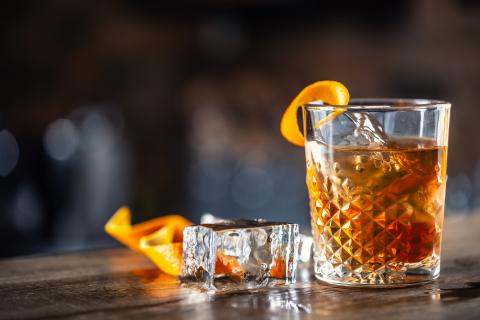
The Old Fashioned is a classic bourbon cocktail that has been around for centuries. It is perfect for cocktail making beginners and is always sure to impress.
Learn More>>The history of bourbon whiskey starts with the Samuels family, who opened the first commercial distillery in Kentucky in 1783. Bourbon County, also located in Kentucky, was established two years later, and Elijah Craig is credited with producing the first straight bourbon whiskey in 1789. The Whiskey Rebellion of 1794 caused many distillers to move out of Pennsylvania and into Kentucky and Tennessee to avoid taxation, access local ingredients, and reap economic benefits.
In the 1820s, sour mash was developed either by Catherine Carpenter or James Crow, revolutionizing whisky production. It wasn't until 1840 that the name "bourbon" was officially recognized, and 1870 marked the dawn of the modern whisky industry with the first shipment of bottled and labeled bourbon. Through the 1920s Prohibition, 1964 saw bourbon named as "America's Native Spirit," although competition from vodka began to pose a threat.
This led to the establishment of the Kentucky Bourbon Trail in 1999 and National Bourbon Heritage Month being recognized in 2007. Although bourbon has faced numerous setbacks, its place in American history remains secure. We can thank the Samuels family for beginning the trend and those who have come after for preserving this important tradition.
Frequently Asked Questions
Who made the first bourbon?
The Reverend Elijah Craig is widely accepted as the first distiller to have created bourbon whiskey in 1789. A Kentucky Baptist minister, Craig opened a distillery in Georgetown and aged his corn whiskey in charred oak casks, a process that resulted in the first Bourbon.
What is the origin of the bourbons?
The origin of Bourbons dates back to the 16th century, when France's ruling Capetian dynasty established a new branch of their family known as the House of Bourbon. The Bourbons went on to become Europe’s longest-serving royal family, eventually conquering territories in modern-day Italy and Southern France.
Why is it called bourbon?
BOURBON, A French country. The word 'bourbon' is derived from the House of Bourbon, a French dynasty which ruled much of modern-day France in the middle ages. Even today, there is an undeniable French influence on this distinctly American spirit, making it a perfect blend of cultures.
What is the short history of bourbon?
Bourbon whiskey has a short but storied history, beginning in the late 1700s when it was shipped from Limestone, Kentucky along the Ohio and Mississippi Rivers to New Orleans. By the 1850s, the spirit was referred to as 'Bourbon' and, over time, its distinctive qualities earned it an important place in American culture, particularly in the South.
To this day, bourbon continues to be an iconic symbol of the United States.
Where did bourbon originate?
Bourbon can be traced back to the late 18th century and is thought to have originated in Kentucky. Bourbon whiskey was first produced by French brothers who moved to Louisville, Kentucky and began shipping whiskey from local distilleries in charred oak barrels down the Ohio River to New Orleans.
Blog comments